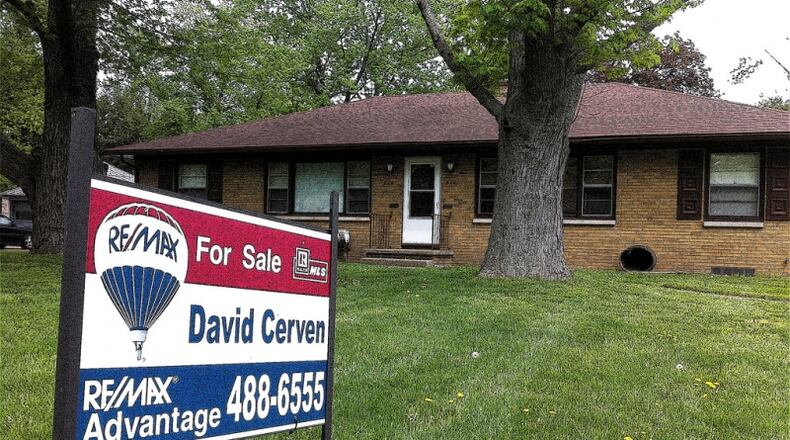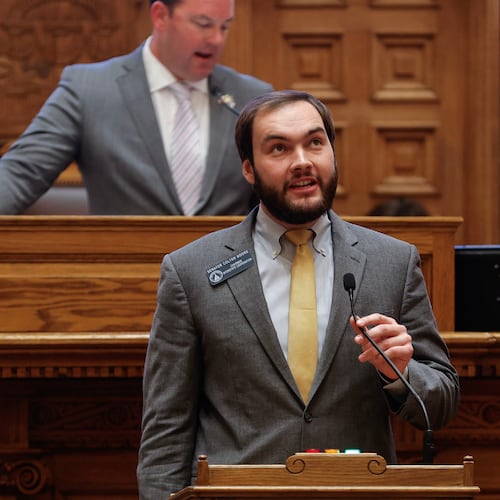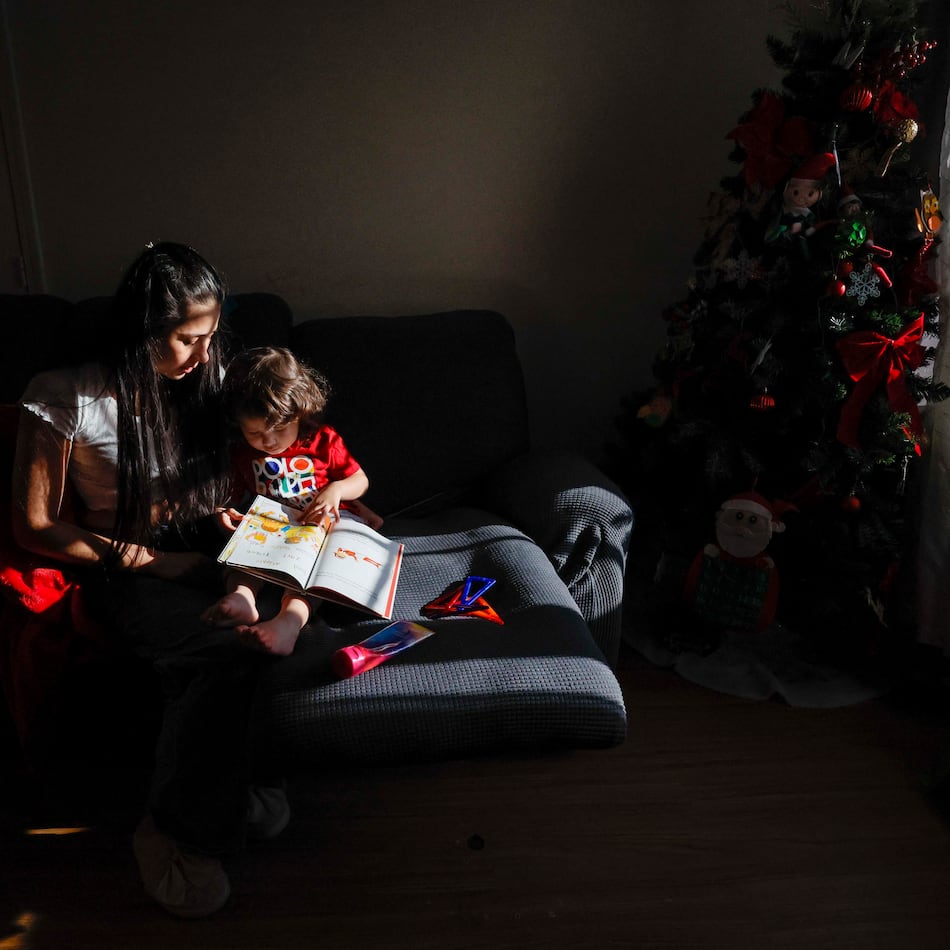Cobb is considering its first affordable housing incentive amid concerns about a dearth of homes within reach of low and middle income workers.
The proposal is being hailed as an important first step by affordable housing advocates who say they would like to see the county do more. Others oppose the change, fearing the proposal would cause a host of problems without any significant benefit to the county or those in need.
Susan Adams, an affordable housing expert with the Atlanta Neighborhood Development Partnership, said other local governments have had success with similar programs.
“This is a great initiative for Cobb and I think given the increase in housing costs as it compares to wages and income, any steps to achieve deeper affordability are really important,” she said.
The incentive is a trade off: If developers agree to include workforce housing in their multifamily developments, they can build more units per acre. The formula would allow a ten percent density increase if at least 15 percent of the project includes workforce housing.
Cobb defines that designation as housing for families earning up to the median income in the area —about $75,000, according to the U.S. Department of Housing and Urban Development.
Advocates worry the incentive doesn’t go far enough and would exclude many in the workforce.
Matt Babcock, a firefighter assigned to Firehouse 19 on Powers Ferry Road, estimated that about half of his colleagues live outside the county. The starting salary of a firefighter or police officer in Cobb is $40,000. Babcock welcomed the workforce housing program even though he thinks it will have limited impact.
“It’s a good idea and it might benefit a few people here and there,” he said. “Cobb county is not affordable and as time goes by it will be less affordable.”
In August, the median sales price for a home in Cobb was $280,000, up five percent from a year ago. But housing prices vary greatly across the county.
Monica Delancey, a community advocate from South Cobb, said the proposal represents a good start. She thinks the county will be stronger if its teachers and police can work closer to home.
“Those are valuable jobs and we want them to live in the community where they serve,” she said. “However, there is still a disconnect with providing housing opportunities for people making below $15 an hour.”
Carol Brown, of Canton Road Neighbors, said “a critical shortage” of affordable housing in Cobb makes the incentive a necessity.At a recent meeting, she encouraged commissioners to lower the ceiling of eligibility to those making 80 percent or less of median area income—about $60,000.
“I believe that this is really the way to go,” she said.
But not everyone likes the incentive. The East Cobb Civic Association expressed concerns at a recent hearing about the impact of increased density and the county’s ability to monitor the program.
“How is the county going to enforce that 15 percent of the units will be sold to the targeted households?” said Jill Flamm, a representative of the association. “What is the long-term benefit to Cobb County when the classification of workforce housing disappears after the next sale? … the density will remain and the classification disappears from the development.”
The county will revise the plan to incorporate input from commissioners and residents before a final public hearing and a vote scheduled for Oct. 23.
Chairman Mike Boyce, a proponent of the workforce housing incentive, said the county has to correct an imbalance in its housing stock to keep a mix of people in the county. He said most zoning applications the board has approved the past couple of years were for houses in the $300,000 to $500,000 range.
“We have ample opportunity for people to work here,” Boyce said. “The question is: Can they afford to live here?”
About the Author
Keep Reading
The Latest
Featured




